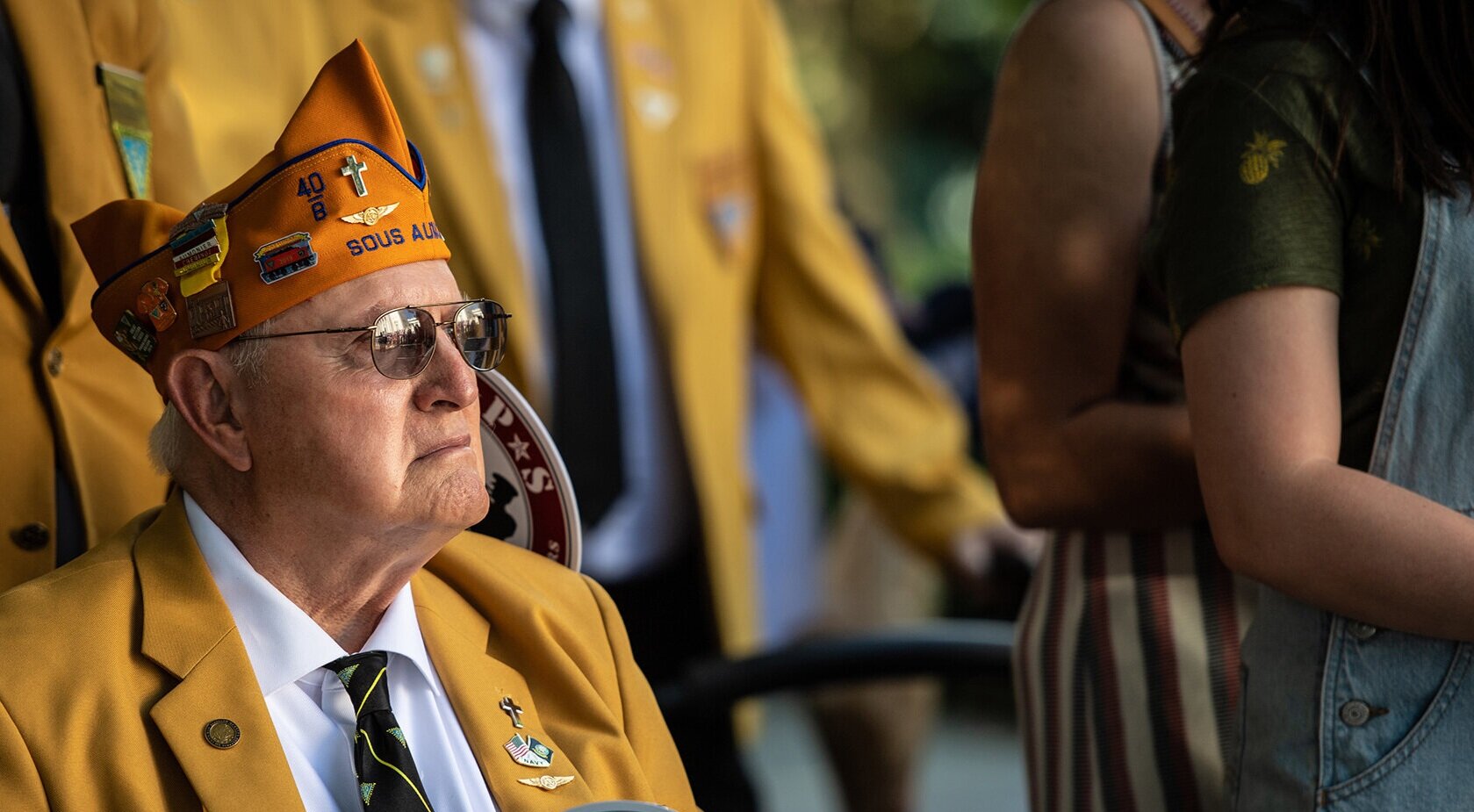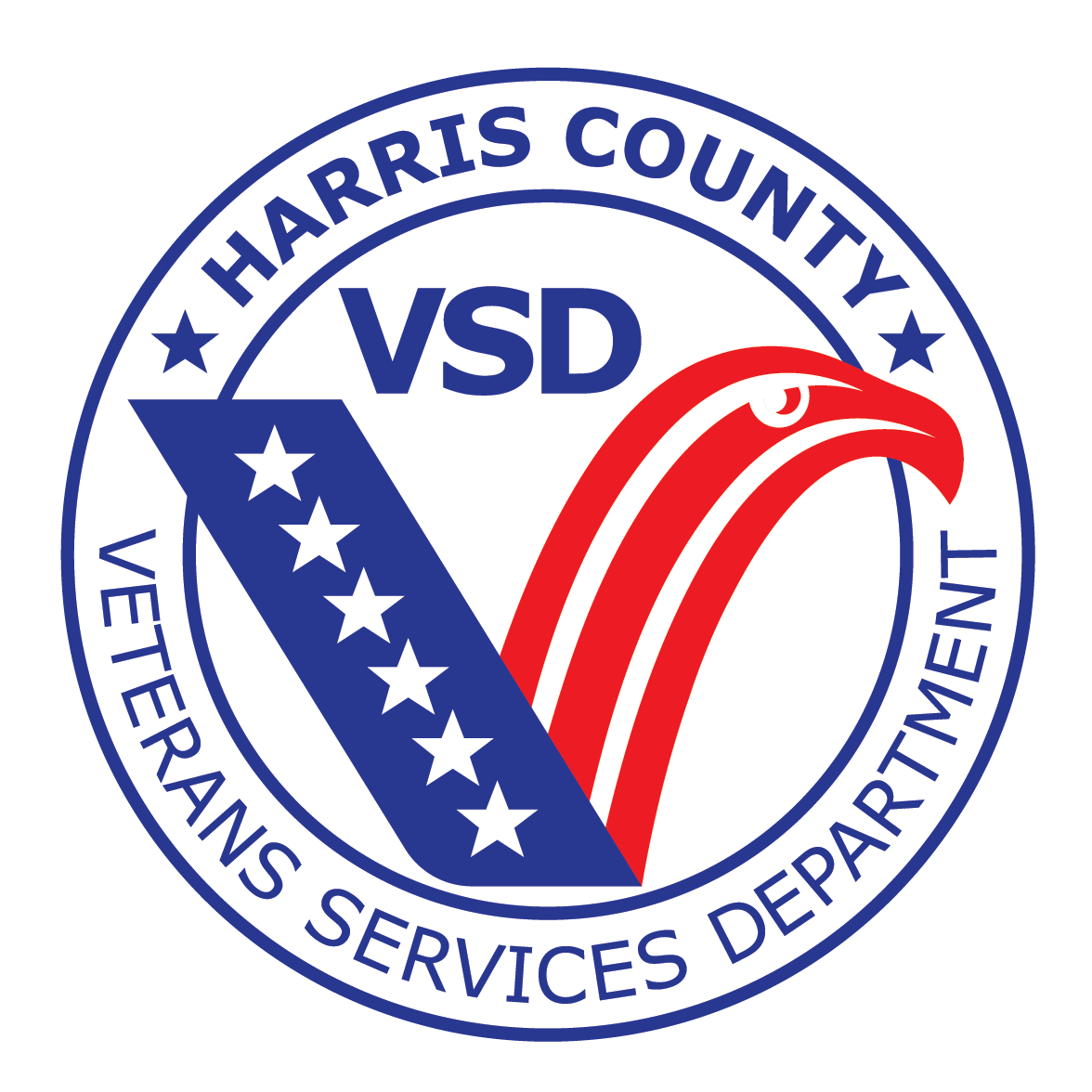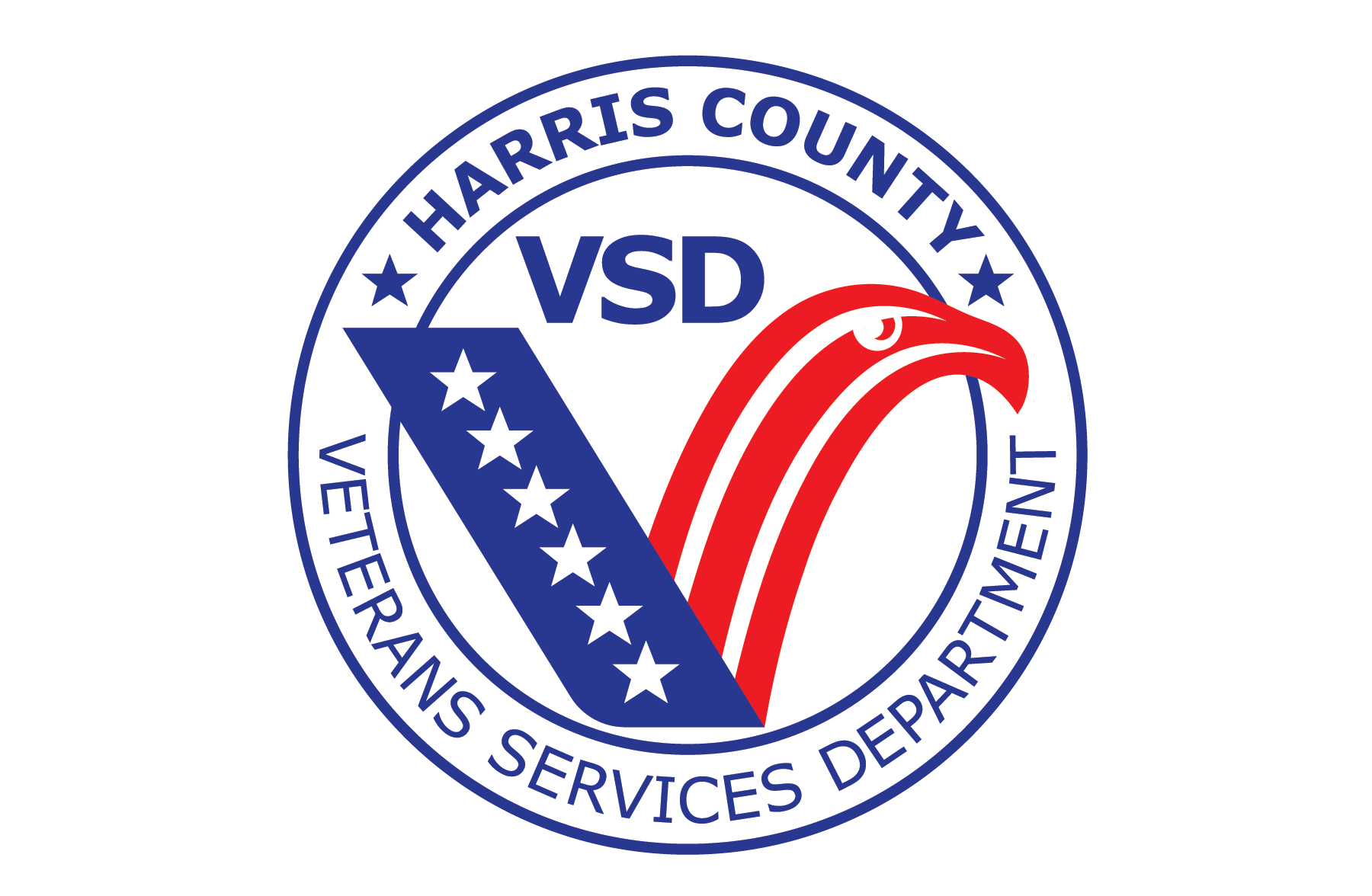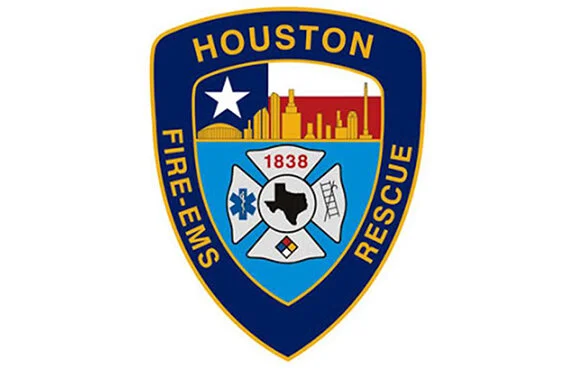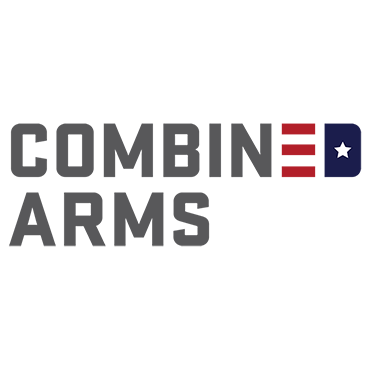
The H&H Suicide Prevention Challenge
Greater Houston and Harris County
The Coalition
We are veterans, law enforcement officers, firefighters, medical personnel, care specialists and military support organizations with one goal: helping veterans going through a hard time.
We are Harris County and the greater Houston area ready to serve those who had served.
We are the Houston Area Suicide Prevention Challenge!
The Objectives
Convene Houston’s interagency military and civilian team of leaders to develop an implementation plan to prevent suicide among servicemembers, veterans and families (SMVF) that will advance the VA’s National Strategy for Preventing Veteran Suicide(PDF | 2.9 MB) and incorporate evidence-based strategies from the CDC’s Preventing Suicide: A Technical Package of Policy, Programs, and Practices (PDF | 6.3 MB).
Implement promising, best, and evidence-based practices to prevent and reduce suicide.
Engage with city, county, and state stakeholders to enhance and align local and state-wide suicide prevention efforts.
Understand the issues surrounding suicide prevention for SMVF.
Increase knowledge about the challenges and lessons learned in implementing best policies and practices by using state-to-state and community-to-community sharing.
Employ promising, best, and evidence-based practices to prevent and reduce suicide at the local level.
Define and measure success, including defining assignments, deadlines, and measurable outcomes to be reported.
Who is on the Mayor’s Challenge team?
The Mayor appoints team leaders to serve as the point of contact and coordinator for the Challenge process. Team leaders then receive technical assistance to design a strategic interagency team composed of individuals with the ability and authority to advance and implement state-wide policy and practice changes. Teams are encouraged to include both military and civilian representatives as described below. Perhaps most critically, teams are encouraged to include suicide prevention coordinators representing the state public/behavioral health agency, VA, and National Guard.
Senior-level representatives/policy makers from the following:
Mayor’s Office representative
My VA community Veterans engagement board
VA local suicide prevention coordinator
National Guard suicide prevention coordinator
State public health suicide prevention coordinator
State SMVF team leader
How we do it?
The VA’s National Strategy for Preventing Veteran Suicide (PDF | 2.9 MB)provides a framework for integrating and coordinating suicide prevention activities across multiple sectors. The Governor’s and Mayor’s Challenges advance the principles of the National Strategy by facilitating policy-to-practice implementation plans. These plans will serve as instruments of change, providing a best-practice public health model that demonstrates meaningful results in suicide prevention.
The four interconnected strategic directions of the VA National Strategy are as follows:
Healthy and Empowered Veterans, Families, and Communities;
Clinical and Community Preventive Services;
Treatment and Support Services; and
Surveillance, Research, and Evaluation.
In addition, CDC’s Preventing Suicide: A Technical Package of Policy, Programs, and Practices (PDF | 6.3 MB) is used to help teams incorporate evidence-based strategies and best practices into their planning.
The Outcome
Reducing suicide among service members, veterans, and their families;
Increasing access to services and support;
Expanding state-wide capacity to engage SMVF in public and private services;
Enhancing provider and SMVF peer practices;
Forming cross-system military and civilian consensus on priorities and plan for action;
Identifying critical data elements to measure impact and quality of care;
Strengthening the continuum of care; and
Transferring knowledge on evidence-based practices, policies, and strategies that are effective across teams.
Participating Organizations
